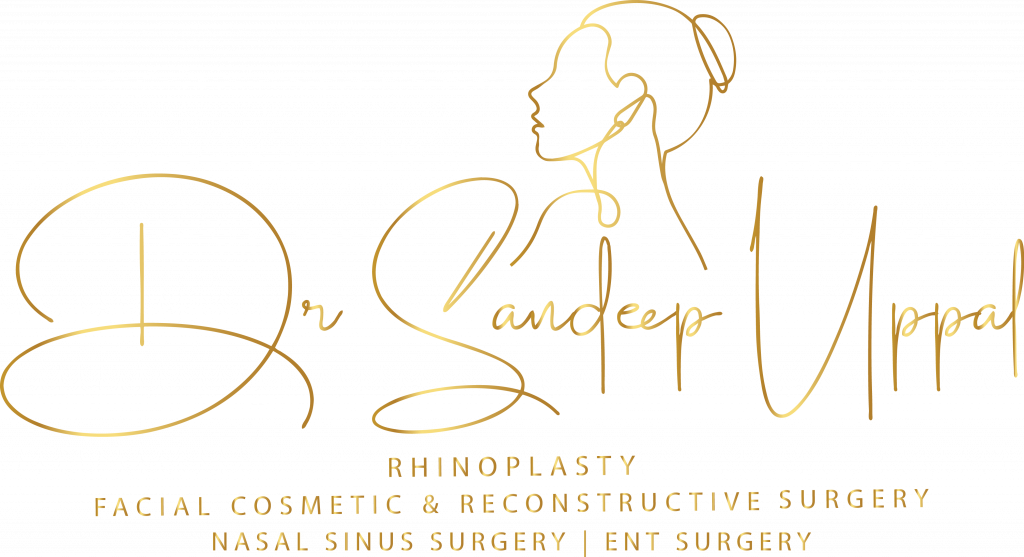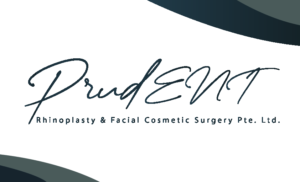INDICATIONS OF A FACELIFT: UNVEILING COSMETIC SURGERY SECRETS Today, let’s discuss the unmistakable signs of a facelift, a subject of widespread speculation, especially among public figures and celebrities. The question often arises, “Have they undergone cosmetic enhancement?” THE FEAR OF AN UNNATURAL APPEARANCE From what I observe, the paramount concern for patients considering cosmetic enhancements, particularly facelifts, is maintaining discretion. They’re anxious about an unnatural outcome—appearing stretched, altered, or artificial—which is a rarity, often linked to outdated methods or suboptimal surgical decisions. I advocate for more restrained surgical methods that maintain a person’s natural look rather than making them appear excessively altered. The most apparent evidence of a successful facelift is the disappearance of sagging skin, notably the ‘turkey neck,’ leaving one looking refreshed and vibrant. If others notice an improvement in your appearance, assuming you appear well-rested, slimmer, or generally more youthful, that’s a positive sign. The hallmark of a facelift done well is an enhanced appearance without the overt evidence of surgery. Maintaining your essence is crucial. You shouldn’t look excessively tightened or modified. Despite diving into various signs of a facelift, the primary indicator should be a noticeable improvement in your look, which leaves others puzzled about the change. It’s worth mentioning that shortly after the procedure, some swelling and a tight feeling are normal, suggesting a period of low profile is ideal. SUBTLE EVIDENCE OF A FACELIFT Foremost, a facelift should eradicate signs of aging, like the drooping ‘turkey neck,’ presenting a rejuvenated yet believable version of oneself. Ideally, acquaintances might comment on your refreshed look, suggesting you appear more youthful or even more slender, without jumping to the conclusion of a facelift. The optimal result is not just looking better but also maintaining your unique identity. TEMPORARY EFFECTS POST-SURGERY Another aspect of the procedure I’d like to clarify is the misconception about its discomfort—it’s generally not painful. The sensation post-surgery is more about numbness and tightness, rather than severe pain. Consequently, patients are eager to resume social activities, sometimes appearing in public while still noticeably swollen. It’s common among celebrities who might step onto the red carpet too soon post-operation, their features still puffy and healing, causing speculation. But as the swelling subsides over time, their appearance settles, and it may no longer be apparent that they’ve had work done.There’s a delicate time during recovery when it’s wise to lay low if you wish to keep the procedure private. Once healed, you ought to embody a refreshed, youthful, and naturally attractive version of yourself, avoiding the conspicuously over-tightened aesthetic. We’ll discuss various facelift indicators, not necessarily ranked by frequency, with the overly tightened skin being an immediate giveaway, though this is an outcome to be avoided. SIGNS THAT REVEAL A FACELIFT THE OVERLY TIGHTENED FACE Moreover, the directional approach to lifting has also evolved. Previously, the skin was stretched more to the sides, but current techniques involve multiple layers and altered vectors, pulling upwards and beneath to reposition facial features more naturally with significantly less strain on the skin. Patients who appear as if their skin has been overly tightened, suggesting an unnatural pull—such as what might have been observed with Demi Moore—are witnessing an undesirable outcome. This ‘wind-swept’ or ‘joker’ appearance is precisely what modern methods aim to prevent and should be meticulously avoided. OVERDONE LIFTING TECHNIQUES Moreover, the directions of lifting have evolved. Older methods involved lateral pulling, whereas contemporary techniques employ multi-layered approaches and varied angles, aiming for a more natural repositioning of facial tissues. Nonetheless, instances of over-pulled features still surface, as seen in the likes of Demi Moore, where the face exhibits a taut, unnatural wind-swept appearance. EXCESSIVE PLUMPING Just as being over-pulled is one issue, being over-plumped is another. The clear sign that catches people’s attention is excessive filling of the face during surgery, resulting in a bloated, over-plumped look. Nowadays, as part of the facial rejuvenation process, it’s a standard practice for most surgeons to reintroduce volume to the face to counteract the hollowing that comes with age, not just the sagging of skin. Fat grafting is a common method used to reflate specific facial zones that have lost their fullness over time. However, when this technique is taken too far, the result can be an overly inflated facial appearance. This overly volumized look is reminiscent of the chubby cheeks of Cabbage Patch Kid dolls, and celebrities like Goldie Hawn and Madonna have, at times, displayed this excessively plump facial look. Whether due to an abundance of grafting, fillers, or a combination of both with a facelift, the excessive volume can detract from the natural aesthetic. The key is to avoid the extremes of overdoing it. SPECIAL CONSIDERATIONS FOR MEN In the case of male patients, the approach to facelifts requires an extra degree of caution. It’s essential to ensure that the filling doesn’t feminize the face if that’s not the intended result. Also, it’s important to consider the direction of skin tightening, as it can significantly alter a man’s appearance, particularly in the context of facial hair. Incorrect pulling can cause sideburns to shift or even disappear and hairlines to recede. These effects can lead to an unbalanced, disproportionate look due to unnatural pulling directions. THE ART OF CONCEALING SCARS When considering facelifts, scarring is another critical aspect. Scars must be placed strategically to be less noticeable. In older techniques, scars were more visible, which caused concerns for patients. Modern facelifts, however, tend to hide incisions inside the ear and in the crease behind the ear, avoiding visible scars along the hairline. Older skin only facelifts place excessive tension on the skin leading to wide and visible scars. The newer techniques like deep-plane facelift avoid these problems. EAR DEFORMITY – A TELL-TALE SIGN OF A FACELIFT Another issue to consider is the change in appearance of the ears. If scars are not placed carefully, it can alter the shape of the ears. Common issues include a hidden tragus or a “pixie ear” where the earlobe attaches


